If you’re a woman over 40, you might be wondering what foods are high in estrogen. This is an important question to ask since estrogen levels tend to decline as we age. While some supplements can help increase estrogen levels, diet is also an important factor. In this blog post, we’ll cover some of the best foods to eat if you’re looking to boost your estrogen levels naturally.
Disclaimer: The information in this article is based on my research from medical journals and information found on reputable medical websites. I am not a doctor or healthcare professional. If you are considering hormone replacement therapy, please consult with your doctor first.
What is estrogen?
Estrogen is a hormone that plays an important role in the development and maintenance of female characteristics, such as breasts and body shape. It also helps regulate reproductive functions like menstruation, fertility, and menopause.
Why is estrogen important?
Estrogen plays a key role in a woman’s health. Research shows that estrogen helps almost every organ system.
Here are a few key benefits:
Estrogen may reduce risk of heart disease
Estrogen helps keep heart tissue healthy and blood pressure steady. It also increases good cholesterol (HDL) and helps lower bad cholesterol (LDL). The effects of estrogen on the heart are still being studied, but data shows it may reduce the risk of heart disease.
Estrogen maintains bone strength
The hormone plays a role in your bone growth and helps protect against osteoporosis. As we enter menopause and estrogen levels drop, our bones can become brittle and weak putting us at increased risk of fractures.
Estrogen helps protect the brain and regulate mood
If you’ve experienced brain fog, estrogen may be to blame. The hormone protects our brain by maintaining proper blood flow and it helps protect against inflammation. The good news? Research has shown that brain fog lessens after menopause.
The mood swings we experience with periods and menopause are also due to shifts in estrogen levels. Estrogen regulates serotonin and endorphin levels, which help us feel happy and energetic.

How do our estrogen levels change over time?
Estrogen levels can change over time in women due to natural aging, pregnancy, menopause, or even certain medical conditions.
During your reproductive years, your ovaries produce most of your estrogen. However, in menopause and post-menopause, the ovaries stop producing estrogen. Instead, fat cells start making most of your estrogen. (This contributes to gaining belly fat).
What are phytoestrogens?
Phytoestrogens are estrogen-like compounds found in plants, however, they have weaker effects than human or bioidentical estrogen. If you eat plant-based foods, such as fruits, vegetables, and legumes you are getting some phytoestrogens from your diet.
Are phytoestrogens linked to breast cancer?
Some studies linked the consumption of lignans, which are high in phytoestrogen, to reduced tumor cell growth.
Other studies have linked the consumption of soy, a phytoestrogen-rich food, to reduced risk of breast cancer and reduced risk of recurrence.
However, research on whether exposure to phytoestrogens in women already diagnosed with breast cancer has had varied outcomes based on how long ago the cancer was diagnosed and the woman’s stage of life (pre- or post-menopausal). Therefore, the Breast Cancer Prevention Partners report that data suggests women with HER-2 positive tumors and pre-menopausal women at high risk for breast cancer should avoid phytoestrogens.
Who could benefit from phytoestrogens?
The link between phytoestrogens and a decreased risk of breast cancer is more common in women who have been eating phytoestrogen-rich food as part of their daily diet since childhood. Asian diets typically contain more soy products than Western diets starting from early childhood.
If you do not have HER-2 positive tumors and are not a pre-menopausal woman at high risk for breast cancer, phytoestrogens may help alleviate the clinical symptoms of menopause, such as hot flashes, belly fat, insomnia, and bone loss.
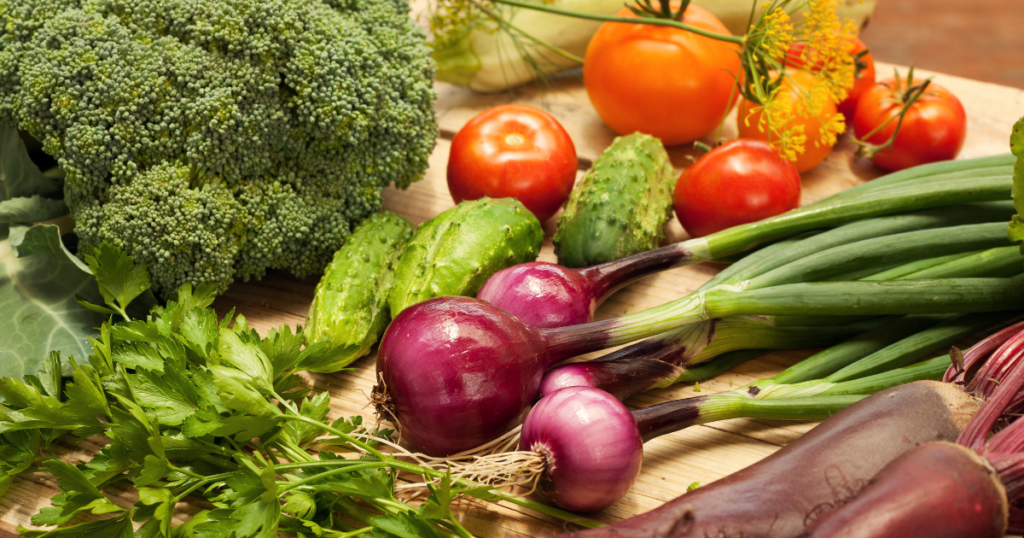
What foods are high in estrogen?
Fruits and vegetables – apples, carrots, cherries, cucumbers, grapes, leafy greens, oranges, strawberries
Eating a diet rich in fruits and vegetables is essential for optimal health. Fruits like apples, oranges, grapes, cherries, and strawberries offer plenty of phytoestrogens to help regulate the body’s hormones. For leafy greens, carrots, cucumbers, and other vegetables, some phytonutrients can boost your immune system and provide you with additional vitamins and minerals. Consuming a variety of these colorful fruits and vegetables daily will ensure that your body is receiving all of the essential nutrients it needs.
Dairy products – milk, cheese, yogurt
Dairy products like milk, cheese, and yogurt can be a great addition to a healthy diet. The calcium found in dairy products is known for its bone-strengthening benefits, and yogurt in particular also provides beneficial probiotics that help maintain digestive health. Not only this but phytoestrogens contained in dairies such as milk and cheese have been linked to improvements in menopausal symptoms! So if you want to reap the benefits of these three beloved staples of home cooking, consider adding some additional servings of yogurt, cheese, and milk to your snacks and meals!
Grains – barley, brown rice, oats
Grains can be a wonderful source of nutrition. Barley, brown rice, and oats are especially rich in phytoestrogens, a compound found to help support the health of women over 40. Besides phytoestrogen, grains offer many essential vitamins and minerals. Including them in your diet can have positive effects on heart health and blood sugar levels. They also provide long-term energy and are great for weight loss because they regulate digestion more efficiently, slowing down how quickly food is converted into glucose. So if you’re looking for a great addition to your diet that is cost-effective and good for you in the long run, turn to grains!
Legumes – beans (soybeans), lentils
Legumes are an excellent source of plant-based protein and dietary fibers. Common legumes, such as beans and lentils, can be used to make a variety of tasty dishes while providing vitamins and minerals that our bodies need. Plus, they can help reduce cholesterol levels in the body! Did you know that legumes are also very beneficial for women? Soybeans contain phytoestrogens, known to ease the symptoms of menopause–so if you’re over age 40, consider adding more legumes to your diet!
Seeds and nuts – flaxseeds, pumpkin seeds, sunflower seeds
Nuts and seeds are also great sources of phytoestrogen. Flaxseeds, pumpkin seeds, and sunflower seeds in particular provide phytoestrogens that have been shown to reduce the risk of heart disease and other chronic disorders.
Not only are these foods high in phytoestrogen content, but they also come with iron, zinc, magnesium, and other vitamins essential for optimal health. They can be eaten raw or in roasted form as a snack or in recipes such as salads and baked goods. Furthermore, using these foods to make oils and butter can really add nourishing flavor to meals. Whether it’s roasting them up during movie night or baking them into a muffin mix, there is an abundance of delicious ways to integrate these superfoods into all kinds of dishes!
Herbs and spices – basil leaves, black cohosh root extract, licorice root extract
Herbs and spices can be powerful tools for your health. Basil leaves, black cohosh root extract, and licorice root extract have phytoestrogen properties that may aid in reducing menopausal symptoms. Basil leaves are perfect for adding flavor to many dishes, while the extracts from roots of black cohosh and licorice can be used to make a hot herbal tea. These herbs and spices could help with irritability and other uncomfortable side effects of menopause, so it’s worth trying out if you’re looking for a natural remedy!
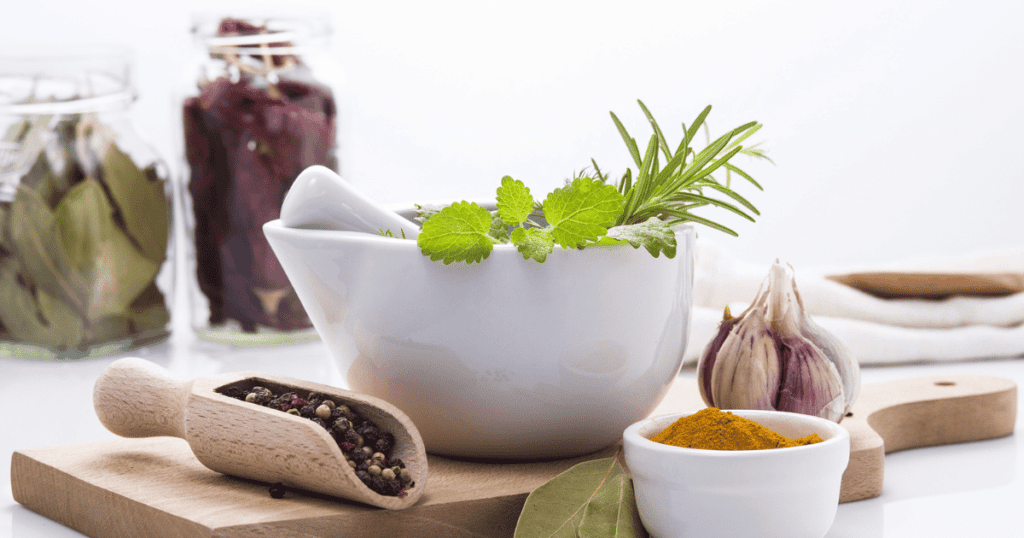
How to incorporate foods high in phytoestrogen into your diet?
Eating phytoestrogen-rich foods can help make the transition into menopause a smoother ride. Incorporating more of these foods into your daily diet is as easy as finding recipes that use phytoestrogen-containing ingredients.
Swap out olive oil for flaxseed oil, swap out regular milk for soy milk, and mix up oats with flax seeds for breakfast. There are plenty of options from phytoestrogens to keep your meals interesting and varied. Consider adding phytoestrogen-rich legumes like beans, lentils, and chickpeas to salads or soups.
You could also include phytoestrogen-containing nuts and nut butters in your meals or snack on foods like edamame or yogurt with strawberries. Finally, phytoestrogens can easily be incorporated into desserts: as an example, you could bake muffins using apple sauce instead of butter! In addition to being delicious, it’s a great way to increase your phytoestrogen intake without compromising on taste.
Summary
Estrogen and its relevance to the bodies of women is an important topic that needs more research and attention. Estrogens are essential for keeping the body functioning optimally, whether it be through naturally produced hormones or ingested supplements. While age plays a role in our changing estrogen levels, learning how to adjust our diets to fit what our bodies need can support overall health.
Phytoestrogens found in some plant-based items (beans, tofu, and nuts) are a healthy way to help mitigate the common symptoms of menopause if you’re not at high risk of breast cancer. Incorporate foods like wholegrains, flaxseeds, and fruits, which are packed full of phytoestrogenic properties, into your daily diet. We cannot eliminate the effects of menopause, but we can look at healthier ways to introduce this food into our everyday lives to replenish needed hormonal balances of estrogen, helping manage any symptoms/issues that come with declining hormone production. Take advantage of exploring different types of ingredients your taste buds will enjoy while still supporting your body with nutrient-rich foods high in estrogens.
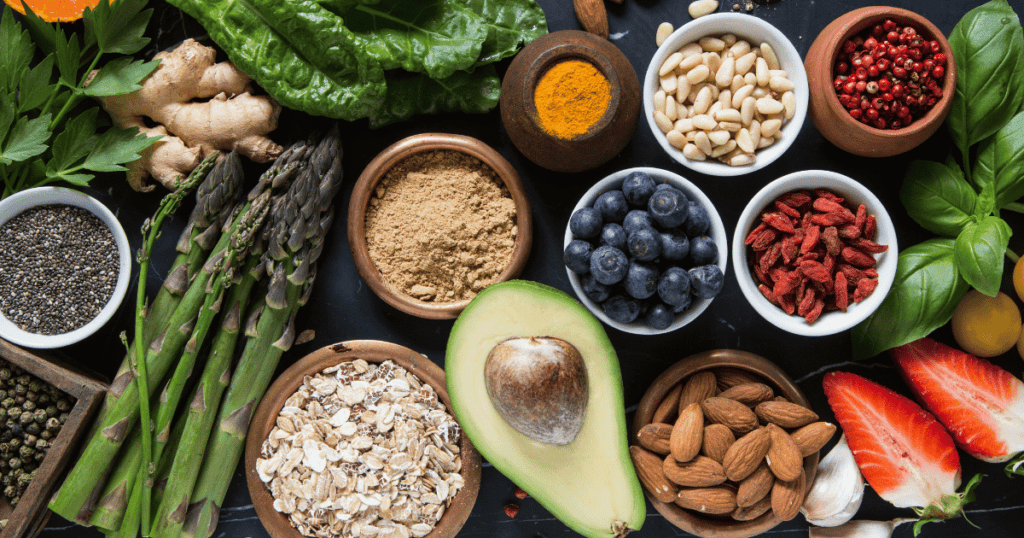
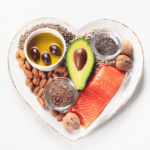

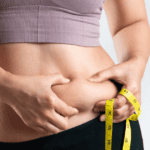

Great post, Nikkie! I found the information on estrogen and its effects on the body to be very informative. I particularly appreciated the explanation of phytoestrogens and their potential link to breast cancer. It’s important to note that more research is needed in this area, and that women should always consult with their doctor before making any changes to their diet or hormone replacement therapy. I appreciate the thorough research and clear explanations in this post. It’s a valuable resource for women looking to boost their estrogen levels naturally.
Thanks, Winfred. It’s an important topic for women in this stage of life. I wish the research was more definitive on hormone replacement therapy, as I’m sure it causes a lot of anxiety in women when choosing which treatments are best for them to help alleviate their symptoms. I think doing as much research as you can and talking to your doctor about the different options is the best route.